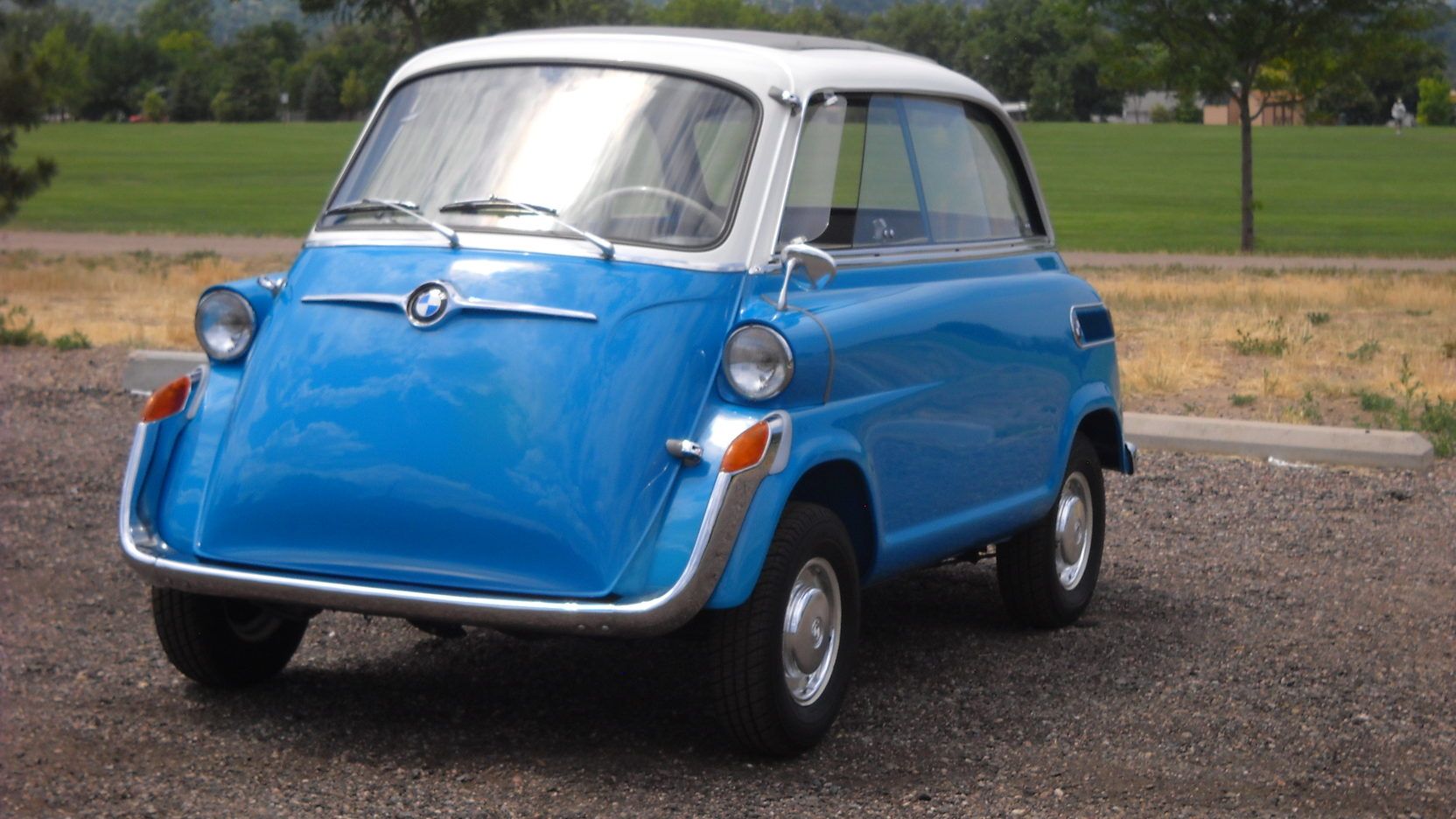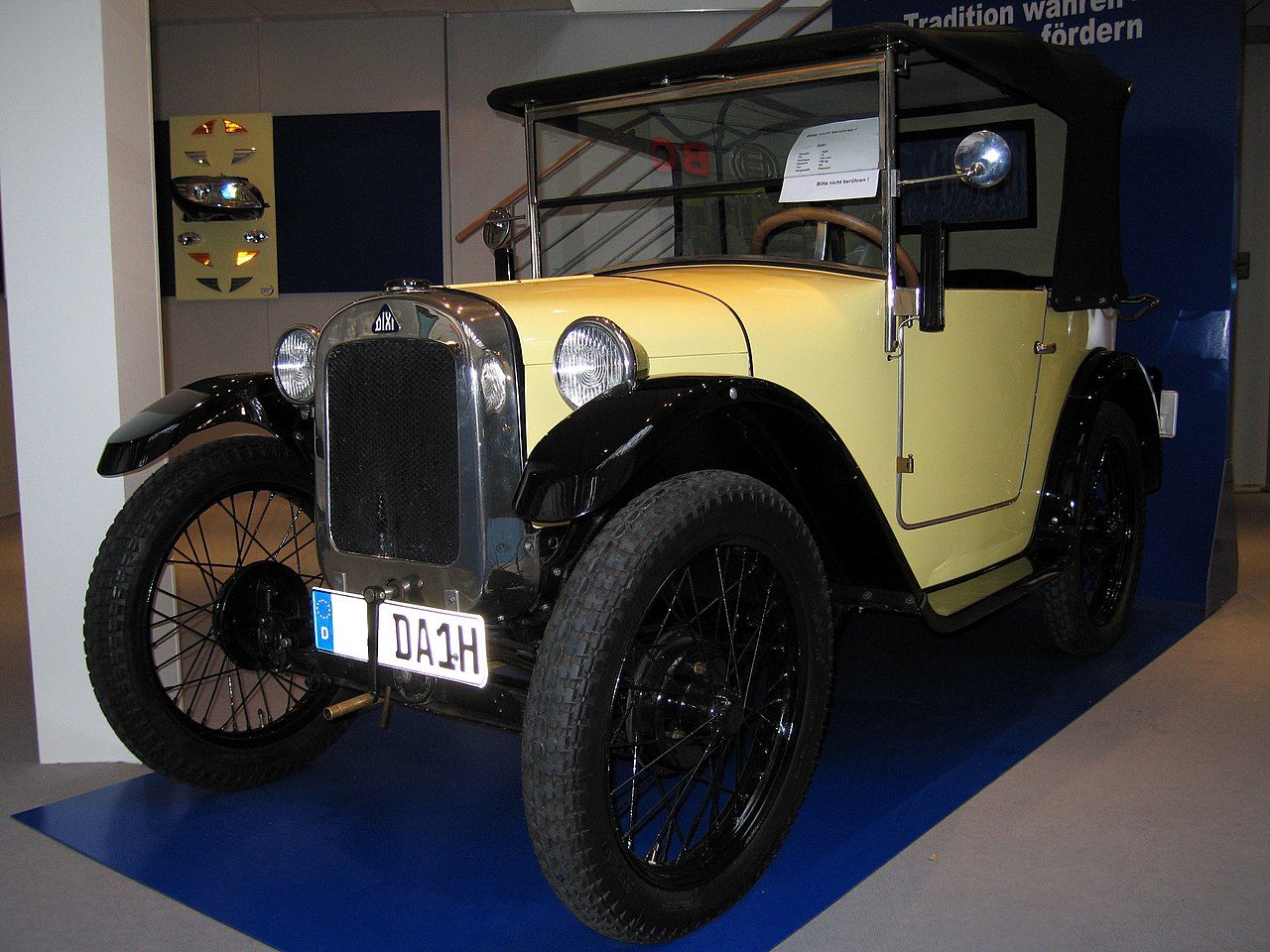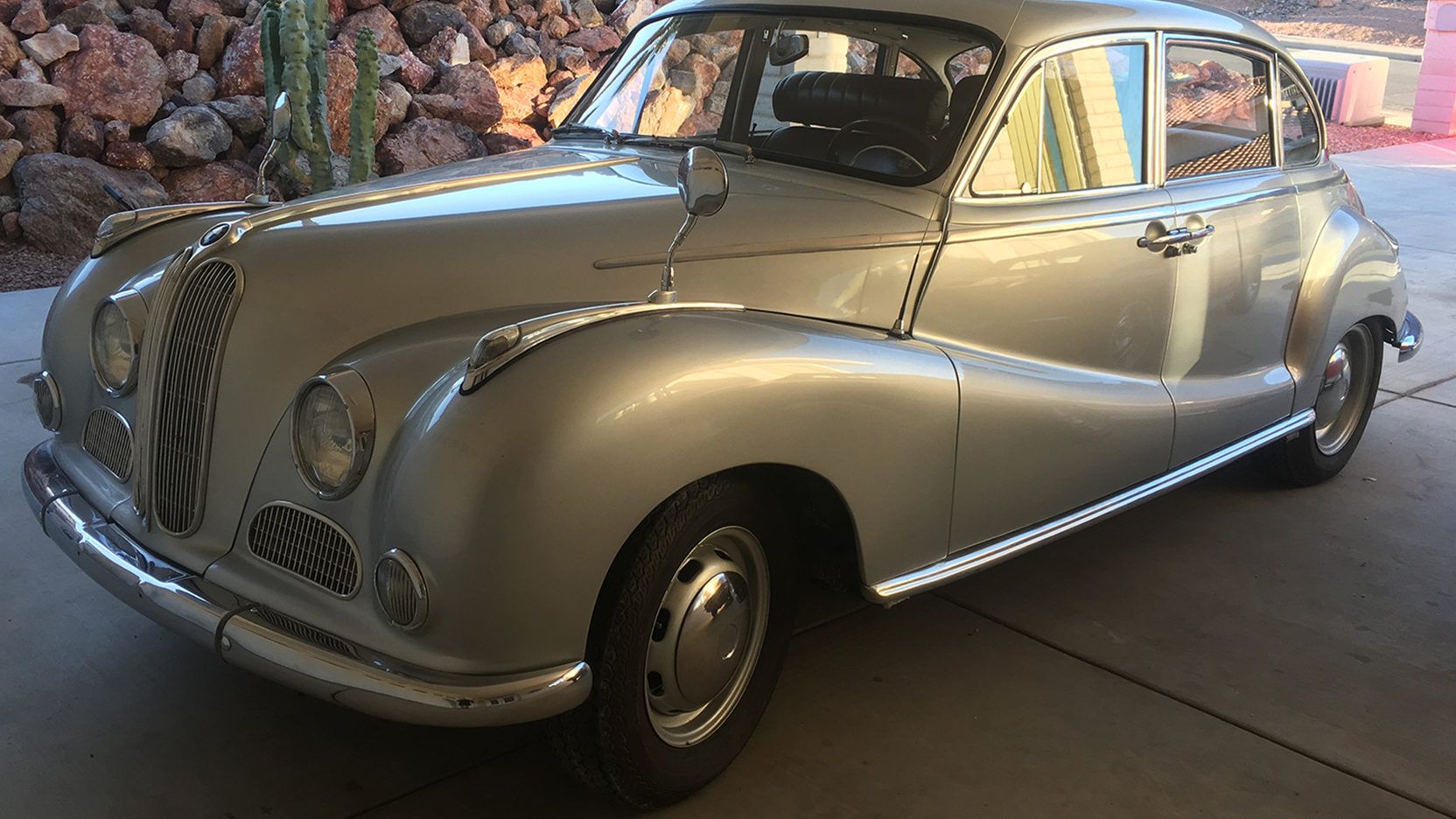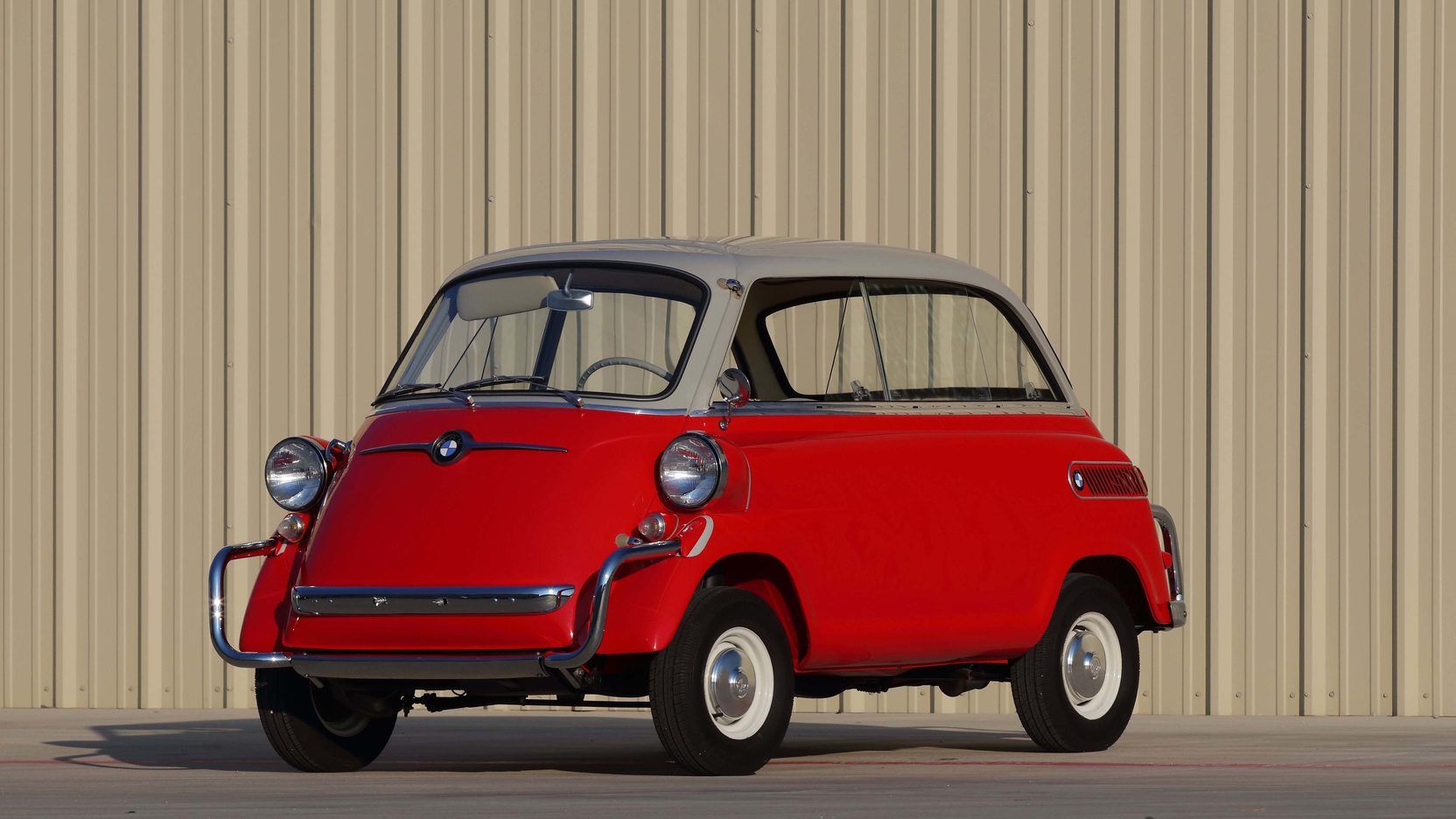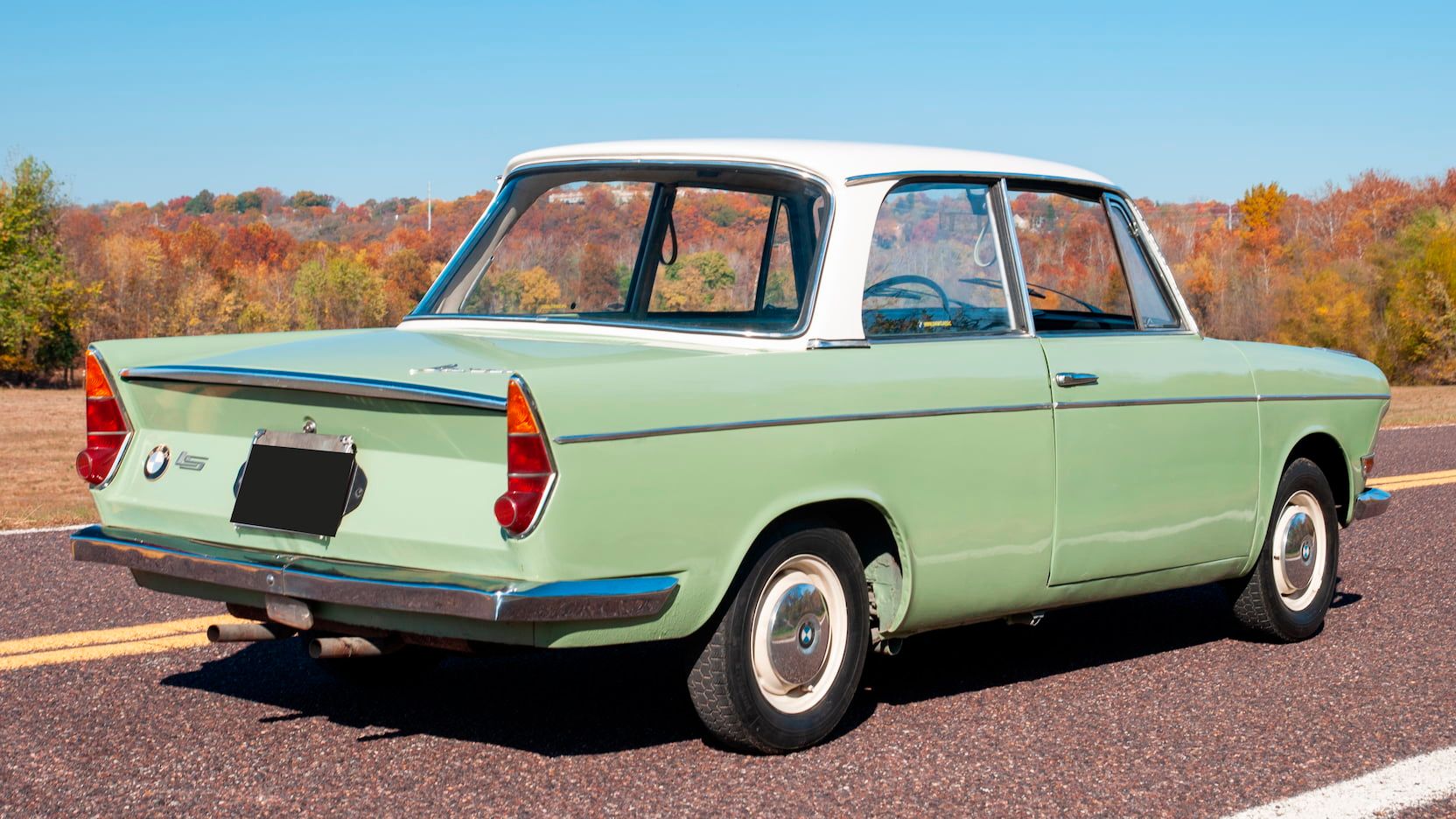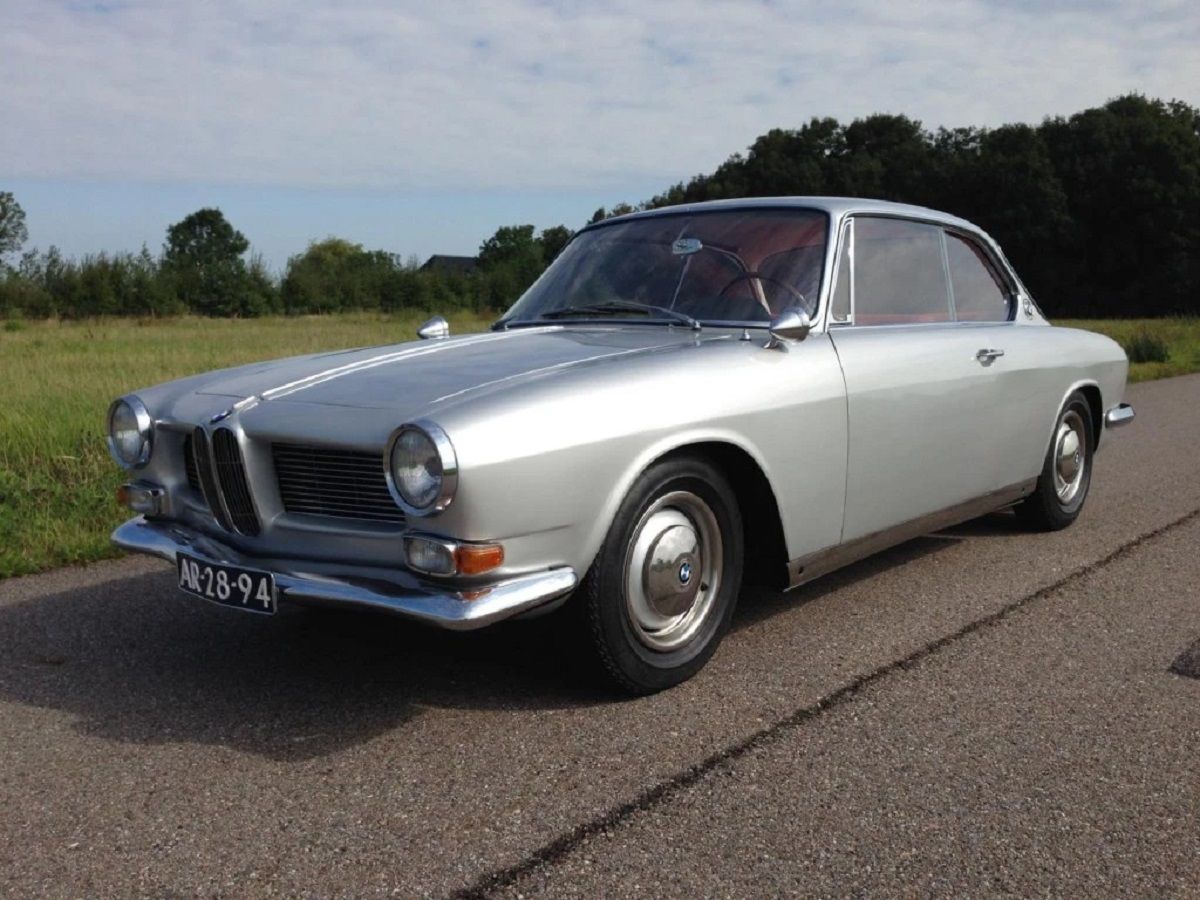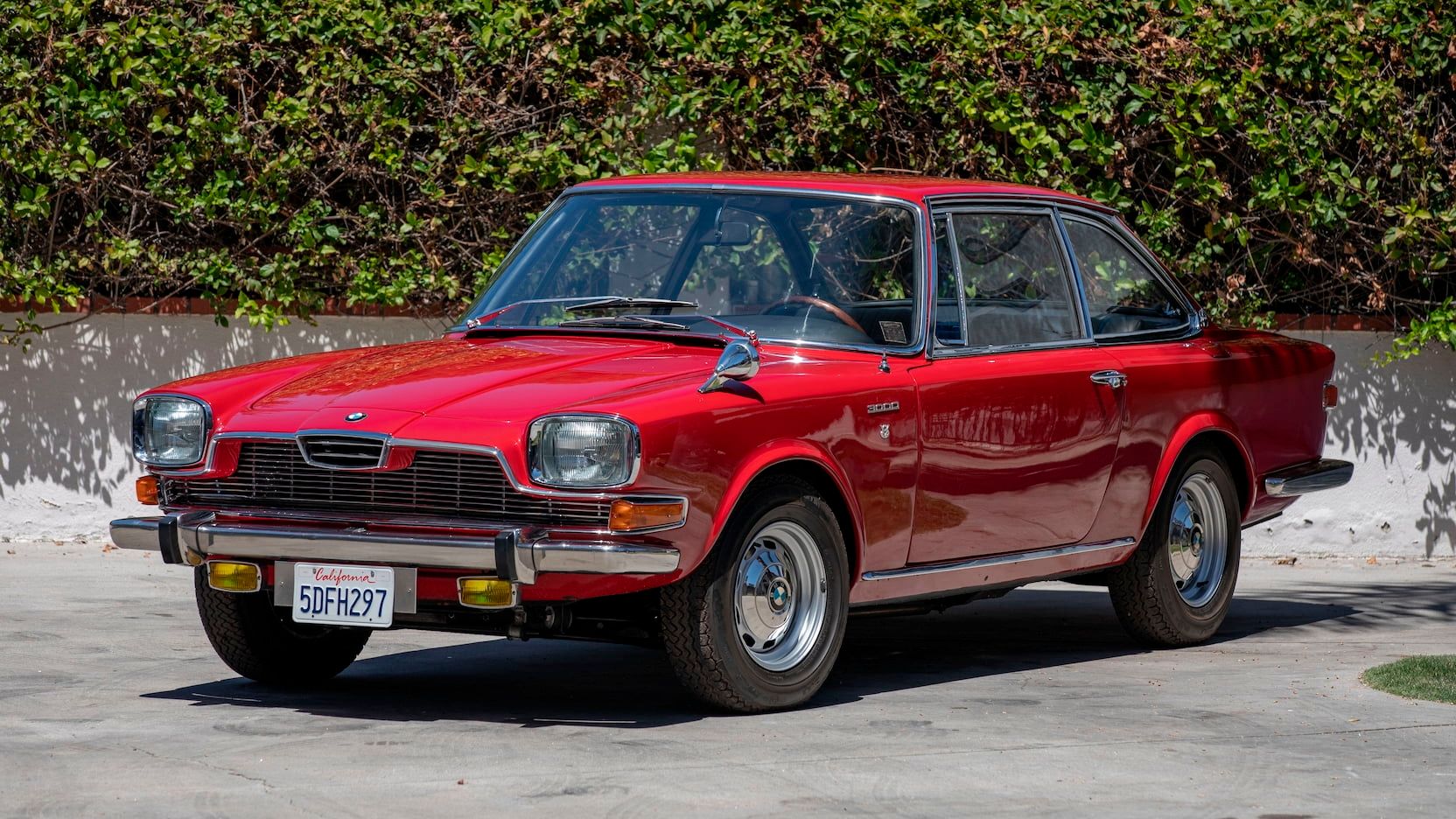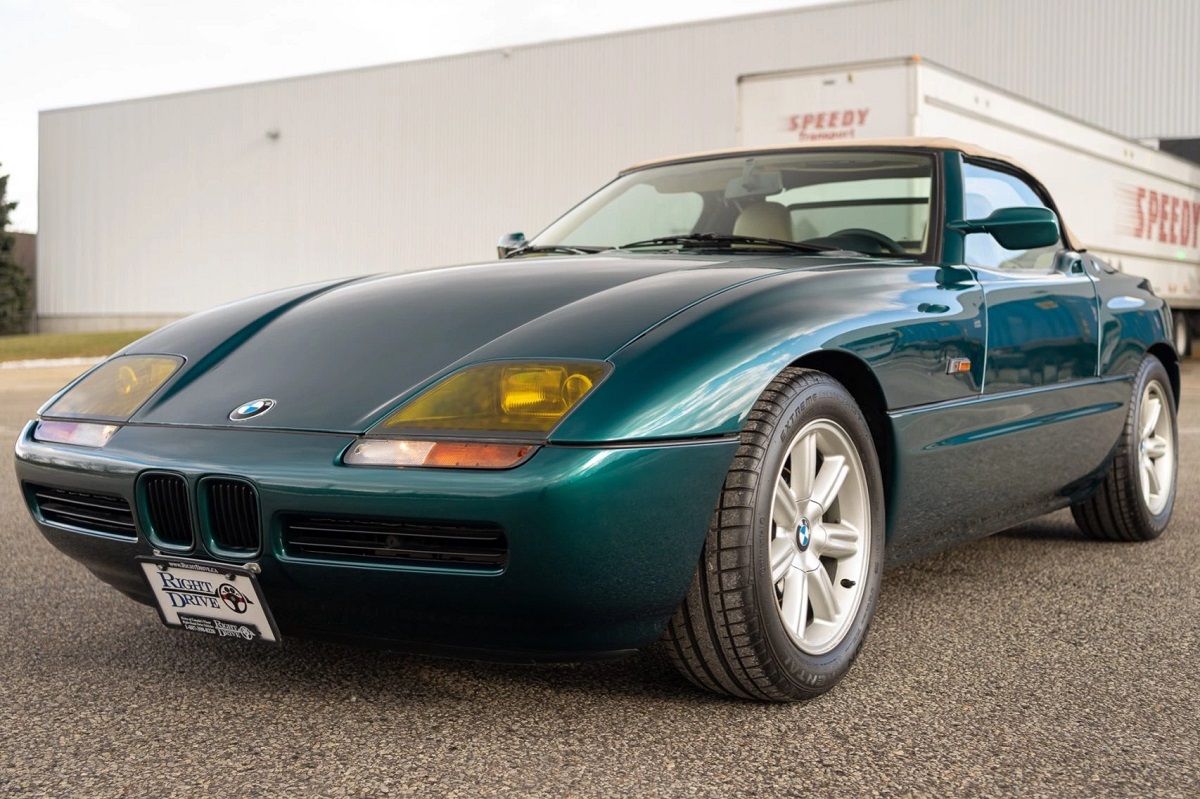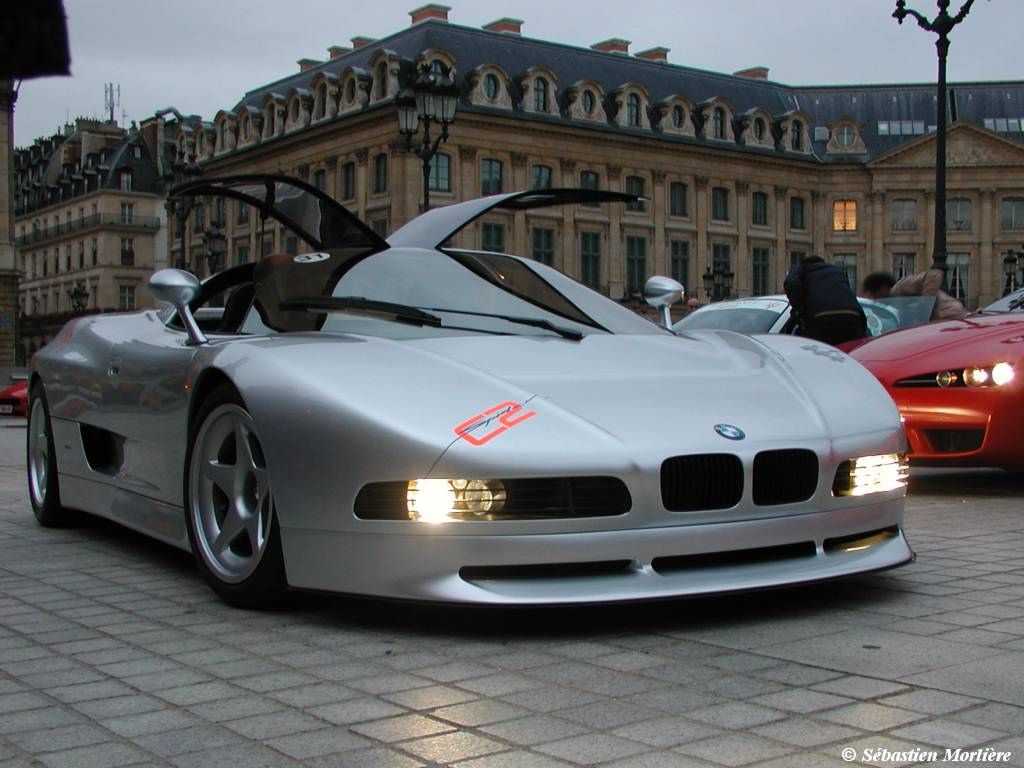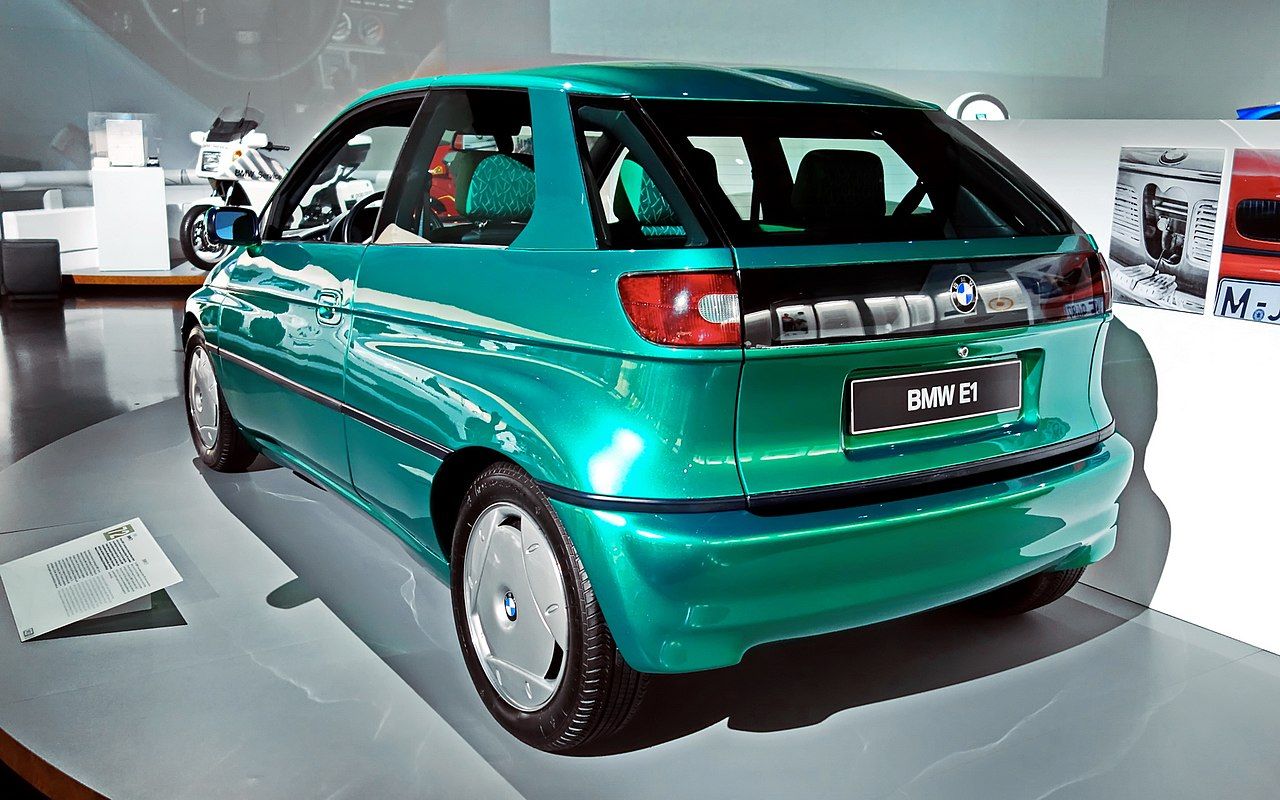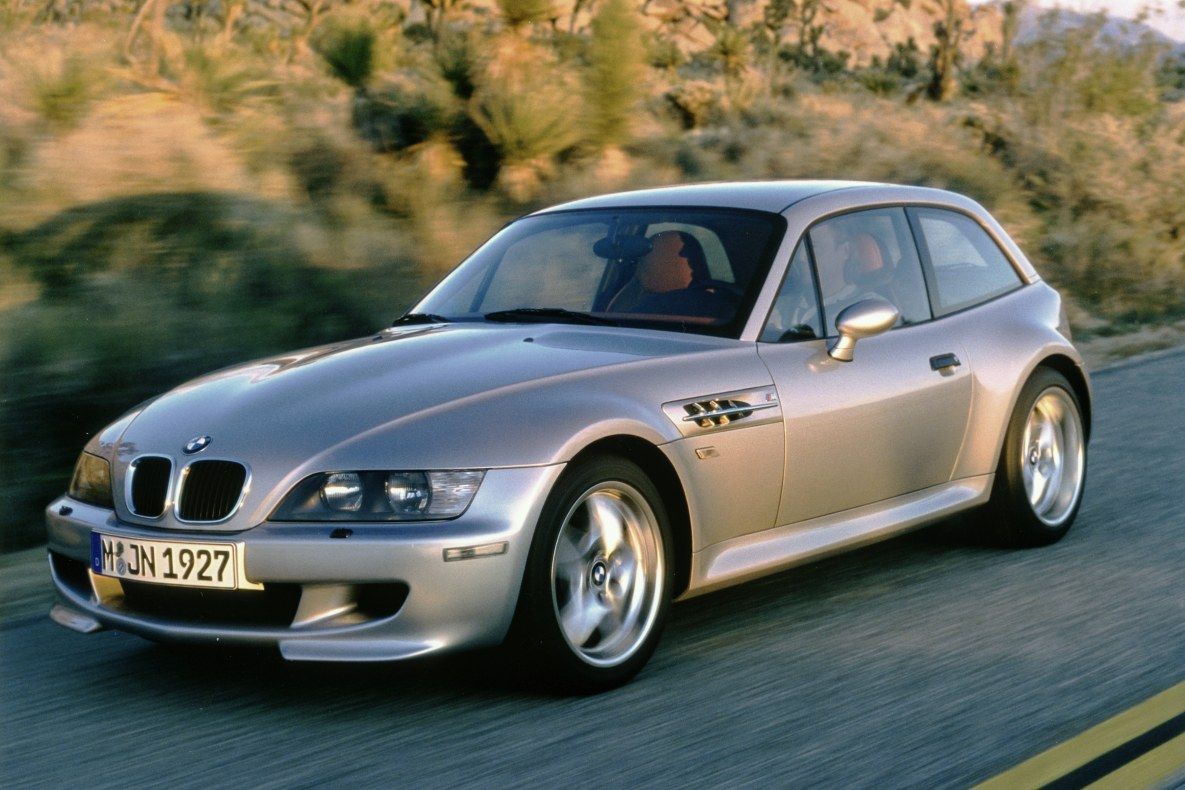Bayerische Motoren Werke (BMW) can be traced all the way back to March 7, 1916, when the company combined its engine production plants with the car-making plants of BFW. This combining of assembly plants happened in 1922, but since the official start-up date for them was in 1916, that is the date that has gone down in history. Throughout the years, BMW has made some amazing vehicles, such as the BMW 3-Series and the BMW M3, that have stuck in the hearts of consumers who have owned them or have just seen them driving through town while stuck in traffic.
Unfortunately, like all other companies in the industry, they have also had some models that did not do so well. Ones that are so obscure today that they have been mostly forgotten about. Granted, there will always be some true die-hard BMW fans that have knowledge about every model, and trim level, to ever come off the assembly lines, but for the majority of the public, there are simply some cars that have been lost in time. Let's take a deeper look at 10 of these BMWs to see just how many have truly been forgotten about through the years.
10 The True Classic — The 1927 BMW 3/15 Dixi
This car is a little confusing to most people because it is called a few different names, such as the 3/15 Dixi, the Dixi, and the DA-1 3/15. That is not because people have shortened the names like they have done with the 'Stang and 'Vette, but the 1927 BMW 3/15 Dixi was built when mergers were happening, carmakers were being bought out, and production lines changed hands from one company to another. It is important to remember, though, that the car had 3 gears and could produce up to 15 horsepower from the 748 cc four-cylinder engine. That is why the 3/15 is left in the name, and even though the Dixi designation was changed to DA-1, the car is the same no matter what it is called.
9 The 1952–1958 BMW 501 Coupe Was The "Baroque Angel"
In 1951, for the following model year, the designers at BMW came up with a couple of very innovative ideas. The first was the suspension system that was being used for the first time with a double A-arm front suspension and a live axle in the rear. The engine was also improved to increase the overall horsepower output to 72. The engineers began to use soft engine mounts to reduce the vibrations felt within the car's cab, giving it a more comfortable, quiet ride. The BMW 501 Coupe was shaped differently than anything before, using some gently sloping lines that the executives, designers, and public thought resembled the wings of an angel, which is why the nickname "Baroque Angel" began being used and stuck with the car even today.
8 The Two-Year Wonder — The 1957–1959 BMW Isetta 600
It may seem peculiar to see the BMW Isetta on a list of forgotten cars because it was, and still is, one of the classic models that gained recognition through excellence. The BMW Isetta 600, on the other hand, was a trim level that did not get much attention. It was an addition to the model lines that BMW needed without them having to design an entirely new platform. The little four-seater car had a 582 cc engine that could push out right around 19.5 horsepower. This engine was unique because it was a flat twin engine that was being used in the R67 motorcycle. The 1957 to 1959 Isetta 600 was a key stepping stone to producing its more popular successor, the BMW 700.
7 1959–1965 — The BMW 700 Was An Economy Model
While the mention of 700 and BMW may evoke thoughts of tuned Bavarian beasts that have that many horses, in 1959, when the BMW 700 was revealed to a group of automotive journalists, BMW executives were hoping for the best because the company was barely keeping their heads above water due to the lack of sales of the BMW 600. The company was falling into hard financial times because it could not stay ahead of customer trends. At the time, the BMW 700 changed all that by offering a newer, rear-engined car with more room and power. The economy model of the lineup sold around 58% of the overall company sales, many of them going to amateur racecar drivers that took advantage of the lowered stance and more powerful engine.
6 The 1962–1965 BMW 3200 CS Was The First To Receive The "CS" Designation
The 1962 to 1965 BMW 3200 CS was the first of the company's line to ever receive the CS designation, which meant coupe sport in the '60s. It was the last line of cars to ever offer the 3.2L V8, but it was the first to be designed with the "Hofmeister Kink." This design was an innovative concept that BMW used afterward, consisting of a forward angle of the rear pillar at the base. This design is used on many other vehicles, such as the Volkswagen Golf MK I. There were very few of these cars made throughout the 3 model years of production, so it has fallen into history as an important model for the company but has become an obsolete car for everyone except hard-core collectors.
5 The Historic But Forgotten 1967–1968 BMW-Glas 3000 V8
In the late '60s, BMW found itself in a period of growth that required new assembly plants and some new designs to keep the buying public interested. The BMW management team made a deal with one of the local German independent brands that had been struggling throughout the years, the Glas company. BMW not only received some new property to help them increase production numbers, but they were also able to keep the Glas company's car and combine it with one of its own to create the 1967 BMW-Glas 3000 V8. Unfortunately, the vehicle was priced higher than the models in the year's lineup, causing low sales numbers. BMW dropped this line after a couple of years because it was not producing a profit.
4 The Rare But Awesome 1989–1991 BMW Z1
The BMW Z1 was another first of its kind for the luxury carmaker. It was the first roadster that the company produced and offered to the public in 1989. It had numerous unique qualities, such as the plastic body panels and vertically sliding doors. It was also one of the first BMW cars to use multi-link rear suspension. The only engine offered in the two-seater convertible was the 2.5L straight-six paired with a 5-speed manual transmission. There were very few Z1s produced, 8000 cars to be exact, so they were not as popular as one would have been thinking, which is why it has been lost in the history books like so many other great, unique cars of the past.
3 The One True Company Supercar: The 1991 BMW Nazca M12
The one true supercar that BMW has produced is the M1, but throughout the years, there have been many prototypes shown to the public that would have been able to ride alongside it. For example, one of the best prototypes to ever come up was the 1991 BMW Nazca M12 which had a 5.0L V12 under the hood. It was an engine that could easily produce up to 300 horsepower. Since the engine was designed to be towards the middle of the car, it had outstanding performance due to the better balancing of the weight. Unfortunately, this car never went past the prototype stage, which is why it has been forgotten by even the most devout BMW fans.
2 BMW E1 In 1991 Was Not Enough To Reel In EV Buyers
Electric vehicles and hybrids are the trending demand from consumers from all over the world today. The future is told to be nothing but these cars on the roads, with internal combustion-engined models becoming classics that will be parked in the garage and only used on rare occasions. The crazy thing is that this type of technology has been around for a long time. In fact, the first electric-driven car was created in 1832, and BMW offered a concept car to the public in 1991. The BMW E1, as it was called, was an innovative EV before its time that was built with plastic body panels, aluminum chassis, and a motor that could produce 45 horsepower. It was an idea spurned from regulations that California considered putting on the books, but since the initiative was killed, the E1 project was shelved until the world was ready to embrace the innovative technology.
1 The 1998–2002 BMW Z3 M Coupe Was Known As The "Clown Shoe" Car
The BMW Z line of cars was designed to be a luxurious roadster, but during the Z3 series, a few coupes were produced and sold. These coupes are long in length and round in shape, giving them a unique look, to say the least. The nickname "Clown Shoe Car" was quickly added as the public noticed how much they resembled each other in shape. The car had a six-cylinder engine borrowed from the E36 M3 Evolution that could produce up to 325 horsepower. Since the Z3 was initially designed as a roadster, there were less than 3000 total BMW Z3 M Coupes produced, making it a car that has been forgotten by most, except for those few people that love clowns and anything that represents them.

